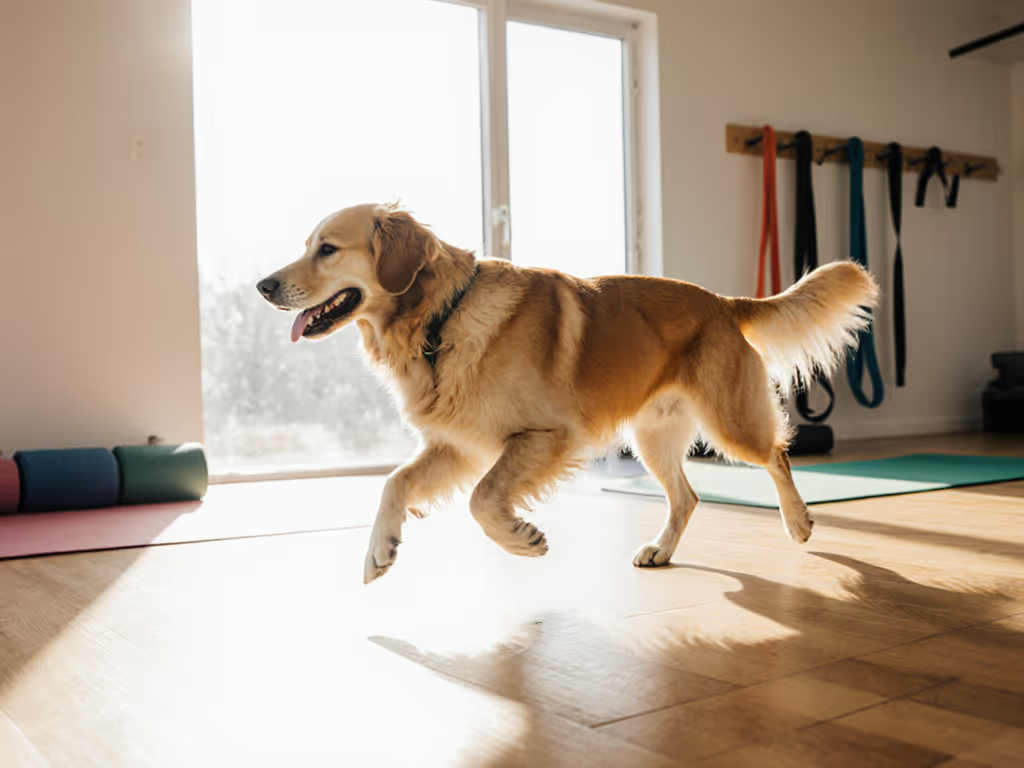
Dog Treadmill Fear? Safe Desensitization Training Steps
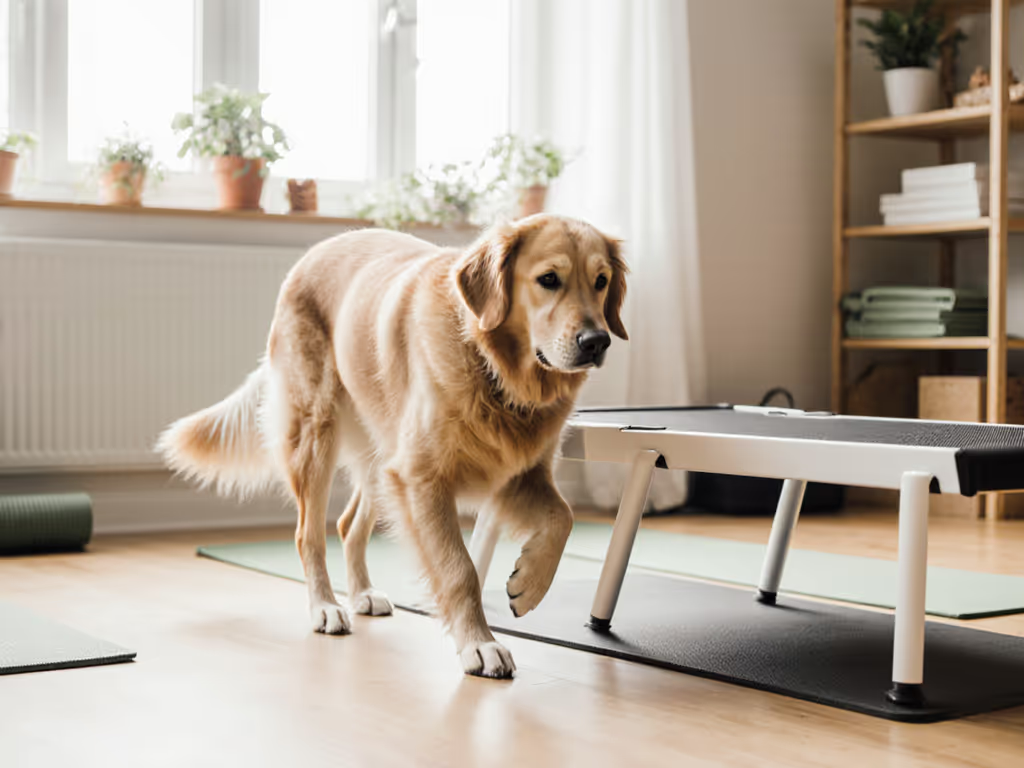
If your dog backs away from dog exercise equipment like a treadmill, you're not alone. Many pet parents face fear barriers when introducing dog training equipment, especially gear that hums, vibrates, or moves unpredictably. That stiff-legged hesitation isn't stubbornness; it's your dog's nervous system calculating risk. As someone who measures paw placement before praising progress, I've seen this scenario unfold countless times. Protect the joints today to unlock fuller movement tomorrow isn't just my mantra; it's the reason I approach equipment desensitization like rebuilding trust, one low-impact step at a time. Let's transform overwhelm into actionable calm.
Why Do Dogs Fear Treadmills? (It's Not Laziness)
Contrary to viral "zoomies" videos, most dogs don't instinctively love moving belts. Fear often stems from:
- Sensory overload: The hum of motors, vibration through paws, or sudden belt movement triggers fight-or-flight
- Loss of control: Unlike grass or dirt, a treadmill offers no natural braking points
- Past trauma: Rescue dogs may associate equipment with kennel stress
- Joint insecurity: Seniors or pups with growth plates sense unstable footing immediately
Crucial surface note: A slippery belt (like poorly textured wood slats) forces compensatory movements that strain tendons. Always prioritize grip. Upgraded PE belts with paw-friendly slats minimize micro-slips. Fitness tip: Check your dog's nails before session one. Overgrown nails on hard surfaces alter gait mechanics within 3 steps.
Your 4-Phase Desensitization Blueprint
Follow this caution-first progression ladder. Never skip stages. Rushing risks both physical strain and eroded trust.
Phase 1: Neutral Territory Prep (Days 1-3)
Goal: Your dog ignores the treadmill like furniture.
- Do: Place treats around (not on) the stationary unit during meals. Pair with calm activities (e.g., chewing a stuffed Kong nearby).
- Surface modifier: If your floor is hard tile, add a rug. Cold surfaces heighten joint sensitivity.
- Critical check: Ensure at least 3 feet of clearance on all sides. Walls or furniture nearby make dogs feel trapped, triggering avoidance.
Slow is smooth, smooth becomes fast. Two minutes of relaxed coexistence today beats 20 minutes of forced tolerance.
Phase 2: Stationary Footwork (Days 3-7)
Goal: Paws confidently step onto the belt while off.
- Do: Lure paws onto the belt with treats. Click/reward each foot placed gently. Practice 'step off' cues.
- Tool hack: Use a Starmark Pro-Training Clicker for crisp timing; its stainless steel element won't rust during humid sessions. The distinct sound creates clear 'yes!' markers without yelling.
- Age modifier: For puppies under 18 months, limit sessions to 90 seconds. Growth plates need micro-recovery bursts.
Progression signal: Your dog walks over the treadmill to reach their bed without detouring.
Phase 3: Belt Motion Intro (Days 7-14)
Goal: Walking rhythmically at 0.3-0.5 mph.
- Do: Start belt moving only when all paws are centered. Never drag reluctant dogs. Stop immediately if gait stiffens.
- Safety law: Never tether to the unit. Use a harness with a loose leash held by a second person (or wall-mounted clip). If your dog slips, tension causes neck strain.
- Critical detail: Keep incline at 0%. As Cornell's Canine Health Center warns: "Walking on an incline puts heavier load on rear limbs," risking gait abnormalities in dogs not conditioned for flat surfaces first.
Red flags to halt: Panting beyond gentle 'smiling,' tongue color darkening, or favoring one paw. Watch respiratory rate; you shouldn't see hyperventilation.
Phase 4: Duration & Confidence Building (Days 14-30+)
Goal: 5-7 minutes of rhythmic, relaxed walking.
- Do: Increase time in 30-second increments only after 3 successful sessions at current duration. Prioritize consistency over speed.
- Joint guardrail: Post-session, apply cold therapy (wrapped in towel) to knees/hips for arthritic dogs. Never skip cooldown; end at 0.2 mph for 60 seconds.
- Weight modifier: For dogs over 50 lbs, double surface checks. Heavy breeds need wider belts (min 20") to avoid ridge-hugging, a common cause of shoulder strain. See our best treadmills for large breeds to choose a wider, safer belt.
Progression signal: Your dog nudges the treadmill when they want a session. This is the win.
What Never to Do (From Hard-Earned Lessons)
- No forced starts: Never turn on the belt while your dog is stepping up. Their paws could slip into the rear wheel gap (a hazard Firepaw explicitly warns against).
- No food/water 2 hours pre/post: Prevents bloat, a risk MNDogTraining links to intense exercise.
- No multi-dog sessions: One dog's excitement dysregulates the other. Train separately.
- Never skip fit checks: Adjust harnesses after 5 minutes of movement. Sweating loosens straps, risking chafing.
Troubleshooting Common Stumbles
Problem: Dog freezes after first step.
Fix: Go back to Phase 2. Add a textured mat on the belt (like a rubber-backed bath rug) for confidence. Remove once paws relax.
Problem: Dog over-exerts on later sessions.
Fix: Structure as interval training: walk 90 seconds, rest 60 seconds. Fatigue masks as enthusiasm but strains joints long-term. Measure two-minute wins, not mileage.
Problem: Senior dog stiffens next day.
Solution: Shorten sessions by 50%. Prioritize warm surfaces (avoid basements). As Preventive Vet confirms: "For dogs with osteoarthritis, icing joints for twenty minutes post-workout decreases pain." Always wrap ice packs!
Your Next Step: The First 10 Minutes
Gather these before starting:
- Treats your dog only gets during treadmill work (high-value, pea-sized)
- A non-slip surface under paws (yoga mat or rug)
- Your calmest 10-minute window of the day
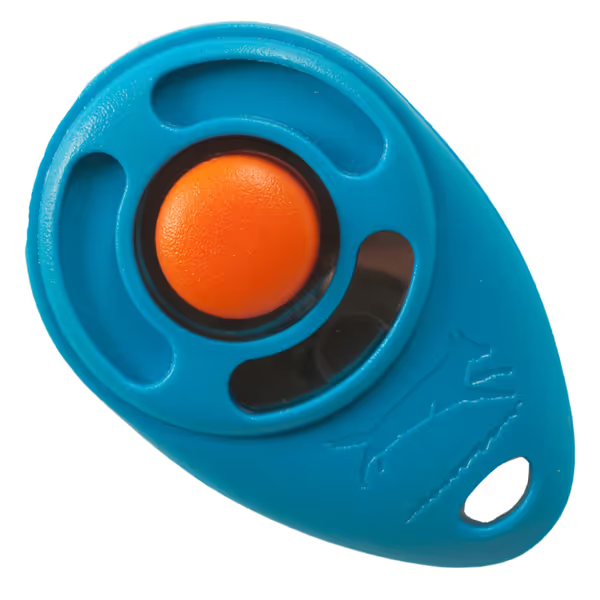
Starmark Pro-Training Clicker for Dogs
Today's action: Place the off treadmill in your living space. Toss 5 treats near it while ignoring the unit completely. Note your dog's approach angle; this reveals their comfort baseline. Small, precise choices turn chaos into comfort. Tomorrow, add one stationary paw step. Trust the ladder.
When gear meets guarded patience, movement transforms from fear to freedom. Your dog's future self, bounding through fields with stable joints, thanks you for moving slow today.
Related Articles


Joint-Safe Dog Training Gear: Vest vs Bands Comparison
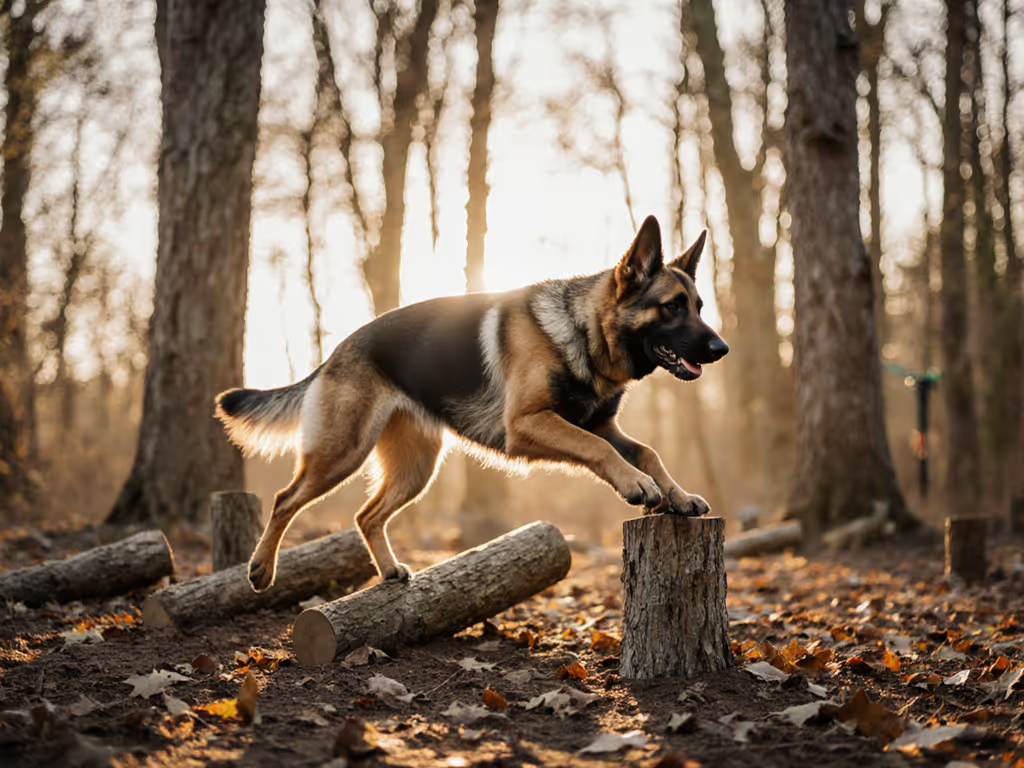
Canine Strength Conditioning: Safe Progression Principles
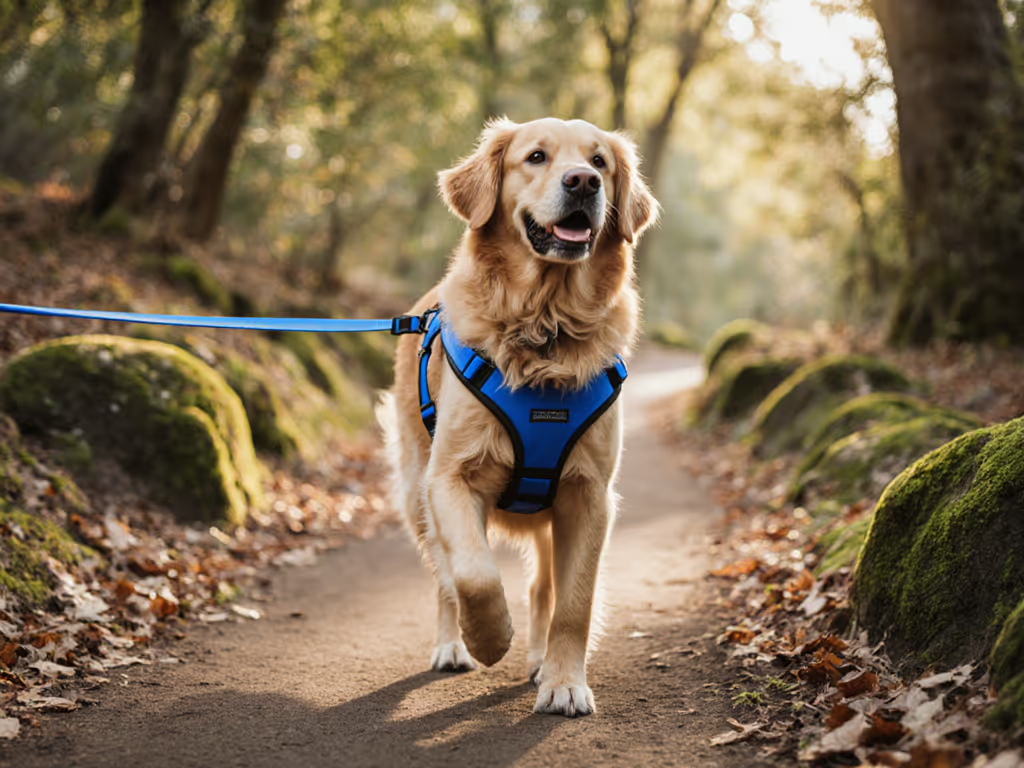
Stress-Reducing Dog Exercise Gear: Burn Nervous Energy Safely

